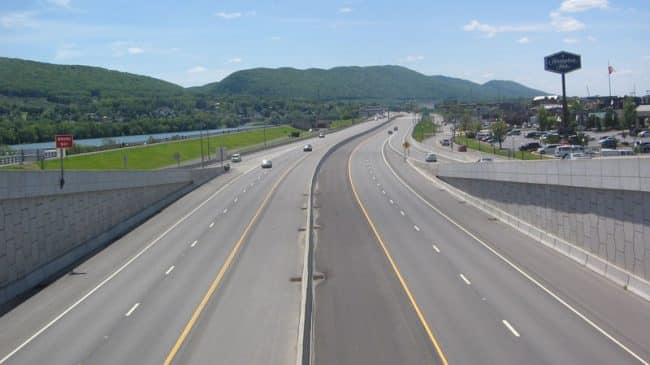My name is Robert Poole, Director of Transportation Policy at the Reason Foundation. For more than three decades I have been researching privatization and public-private partnerships at local, state, and federal levels of government. My book, Cutting Back City Hall (1980), was the first book-length treatment of this subject at the city and county government level. For the last 15 years or so, my full-time focus has been on transportation infrastructure policy, both aviation and surface transportation. I am a member of two standing committees of the Transportation Research Board and am a member of the Government Accountability Office’s National Aviation Studies Advisory panel. I am a member of the Air Traffic Control Association and serve on the board of the Public Private Partnership division of the American Road & Transportation Builders Association. I have advised the FAA, the FHWA, the FTA, and the Office of the Secretary of Transportation, as well as the White House Office of Policy Development and National Economic Council. I have also advised or consulted for half a dozen state DOTs.
We Americans pride ourselves as having an economy that is largely market-based with investor ownership of the means of production. Yet when it comes to infrastructure, and transportation infrastructure in particular, the United States is an outlier compared with our OECD allies. A major trend in recent decades– first in Europe, then Australia and New Zealand, and more recently Latin America-has been to privatize state-owned enterprises that provide major transportation infrastructure. By contrast, most U.S. transportation infrastructure continues to be state-owned enterprises of various kinds, with many of the limitations and disadvantages that we see in state-owned enterprises in China, developing countries, and parts of Europe that have not yet reformed such infrastructure.
In most developed countries, the primary model is the long-term franchise (usually termed a “concession” overseas), similar to U.S. practice for investor-owned electric utilities. A smaller number of airports, toll road systems, and seaports have been sold outright to investors. In either case, the transformation from government ownership and operation to investor ownership or concession operation brings a transition to direct charges (pricing) of the infrastructure, creating bondable revenue streams that facilitate long-term financing of long-lived capital investments. Revenue bond financing also ensures that the capital markets scrutinize the soundness of the investment, which tends to weed out poorly justified projects.
This model may sound familiar, because it is how U.S. toll roads and our larger airports are financed, despite being owned by government entities. But it is far removed from the way other US transportation infrastructure is financed and managed. What follows is a brief overview contrasting the provision of five types of transportation infrastructure in the United States versus other developed countries.

